|
One thing I often hear is that scientists (specifically plant scientists) are disconnected from the reality on the ground. That is to say, that many plant scientists haven't been to farms and seen crop production first hand. Having had these experiences myself, I can speak to the fact that they are incredibly beneficial. My time at the University of Arizona allowed me to study a diversity of plant related subjects, one of which was crop science. This allowed me to get a feel for the farmer mindset, and try to understand some of the challenges that they face and the factors shaping their decisions. It's too easy to design projects for crop enhancement without actually taking into account the elements of selection on the farmers part - and clearly developing better crops is only a worthwhile endeavor if farmers will benefit from growing them. A ripe pecan ready for harvest, but with these delicious nuts scatted across a large tree, an elegant solution for harvesting is needed (see below). One consideration with any perennial crop is picking the right genetics for the region. Pecan trees are long lived and can remain in production for decades, even hundreds of years, so farmers must carefully consider which varieties to plant. This pecan orchard in Green Valley, Arizona uses an army of harvesters to shake pecans loose, with row sweepers that come to collect fallen nuts. In the United States most farms are highly mechanized, but few stop to think about how farmers are able to afford expensive machines. Acreage, crop type, and finances dictate the machinery used on a farm, but often the costs of new machinery is too prohibitive and farmers may be forced to take out loans, rent, or join a co-op. Furthermore, machinery is often crop-specific and thus switching crops may require the purchase of new equipment. An onion field in Mexicali, Mexico. Understanding agricultural practices in the United States is important, but making comparisons to other countries is invaluable. An especially stark contrast is that of the Mexicali valley on either side of the U.S. Mexico border. One major factor in this region is water rights, which dictate what may be grown in this otherwise arid valley. The U.S. side of the valley is visibly "greener" than the Mexican side, and this can be attributed to the water rights agreements between the two nations. The valley is crucial, responsible for growing much of the winter vegetables consumed in North America. Finally, an often overlooked aspect of agriculture for scientists is food preparation and marketing. It's not enough to develop a better crop, there must also be a market for it and infrastructure must be in place to process and ship the product. This facility in Mexico processes vegetable crops in Mexicali and distributes across North America in the winter when demand is high and local production ceases.
By visiting farms, researchers may better understand the needs of farmers and the industry and develop projects that appropriately address the mounting issues facing agriculture.
0 Comments
Your comment will be posted after it is approved.
Leave a Reply. |
AuthorJordan Brock Archives
November 2019
Categories |
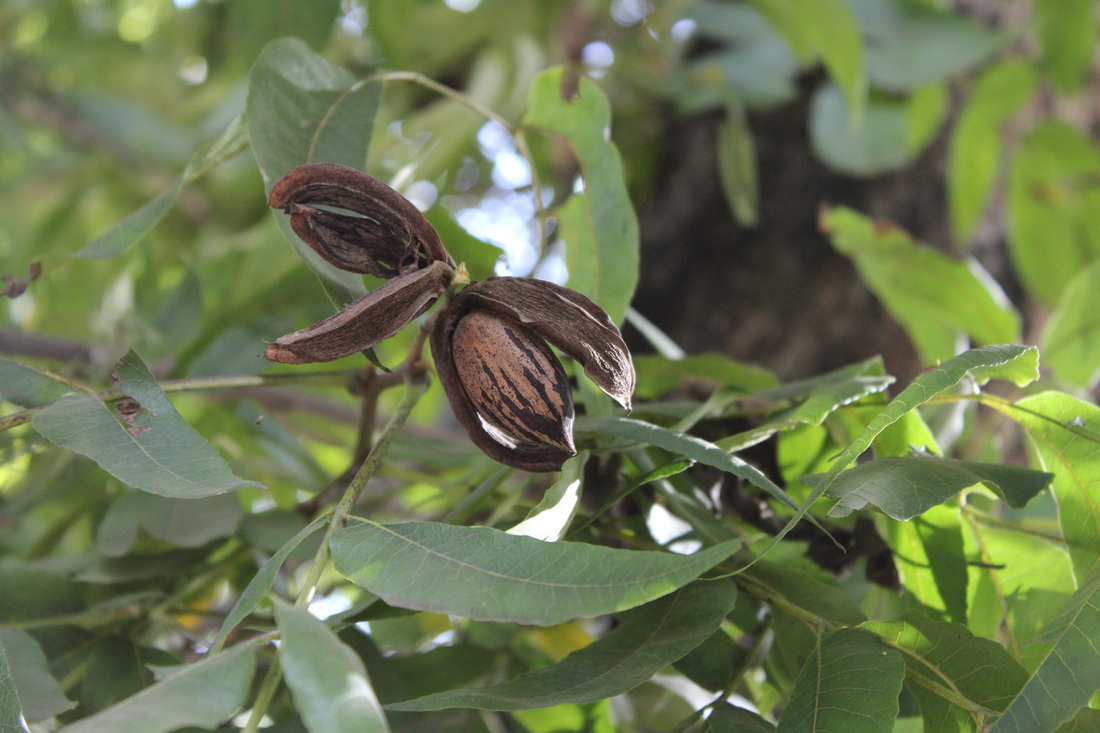
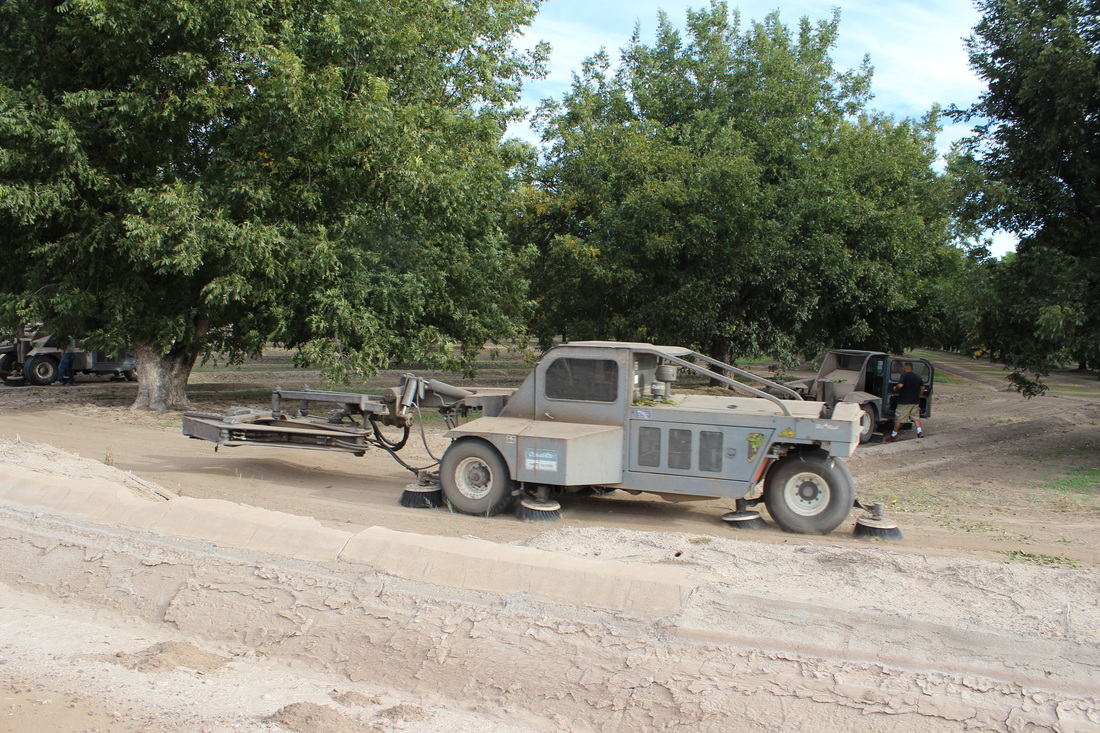
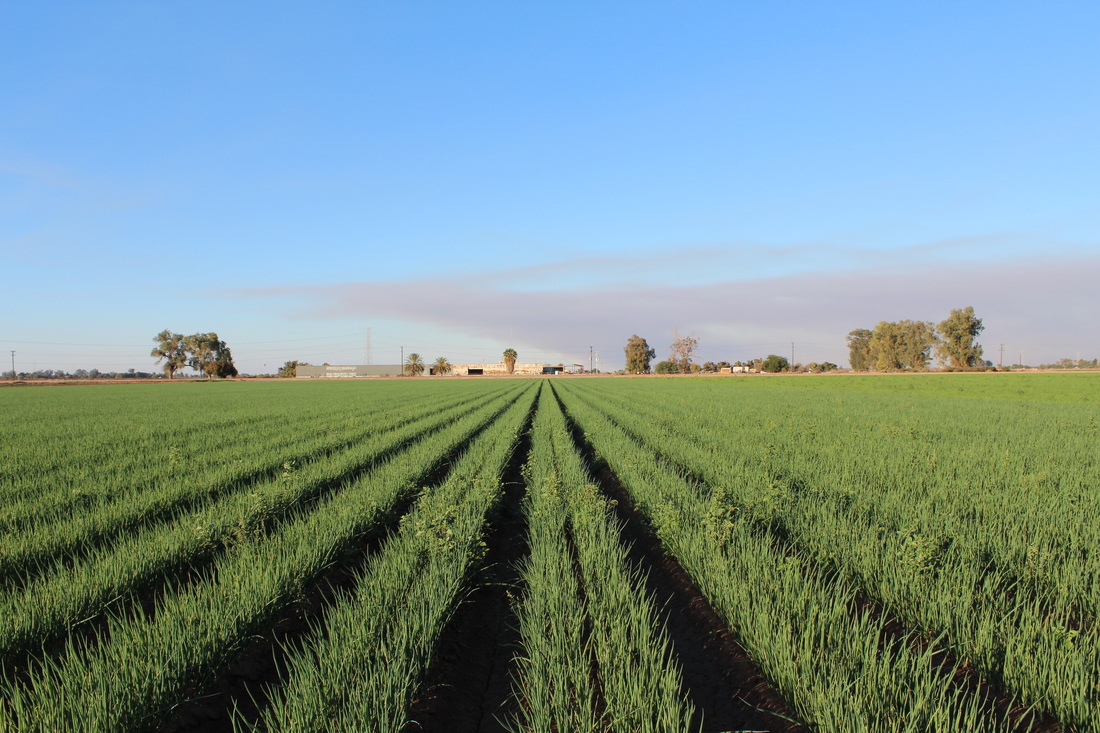
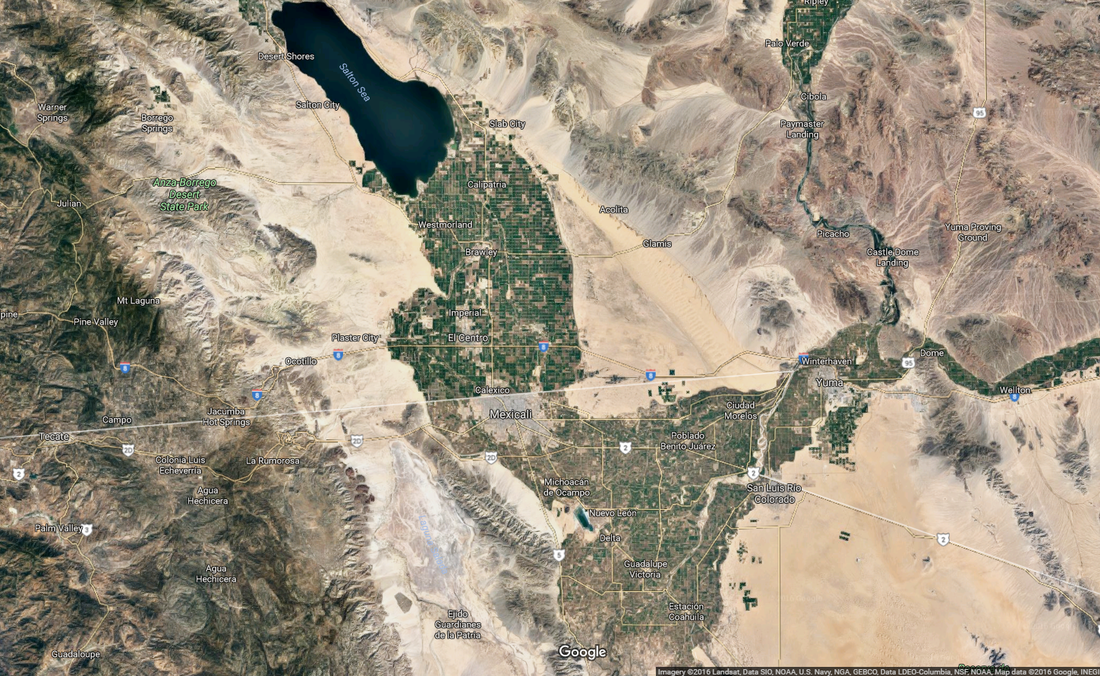
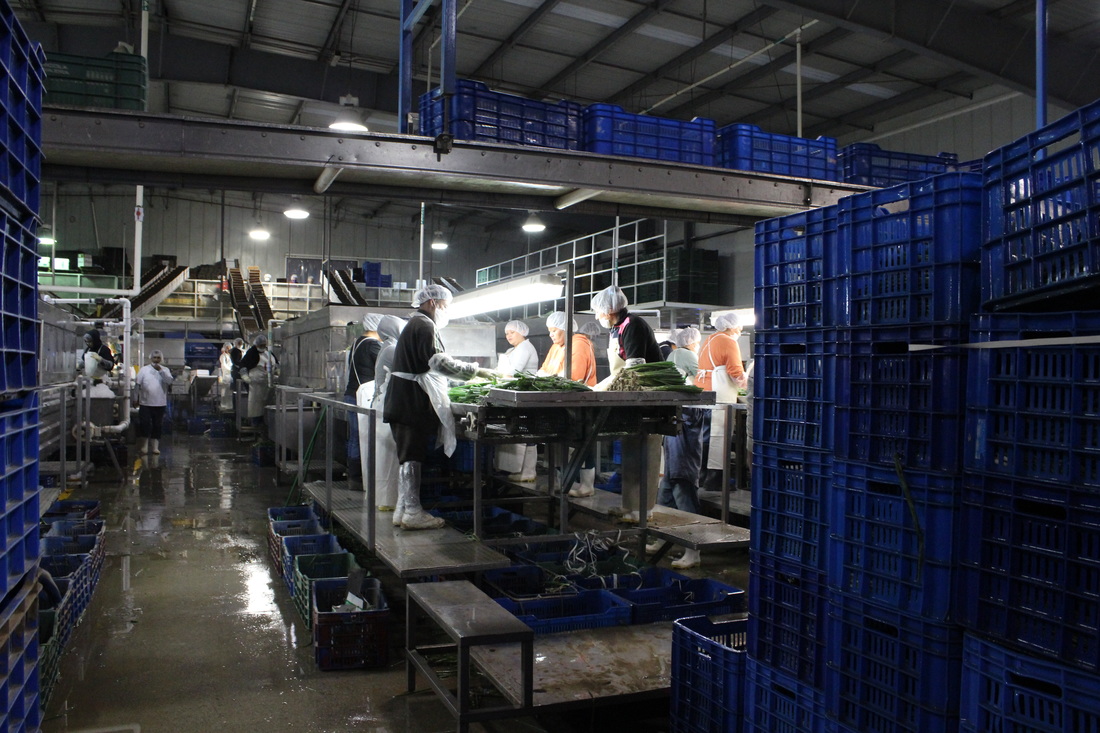
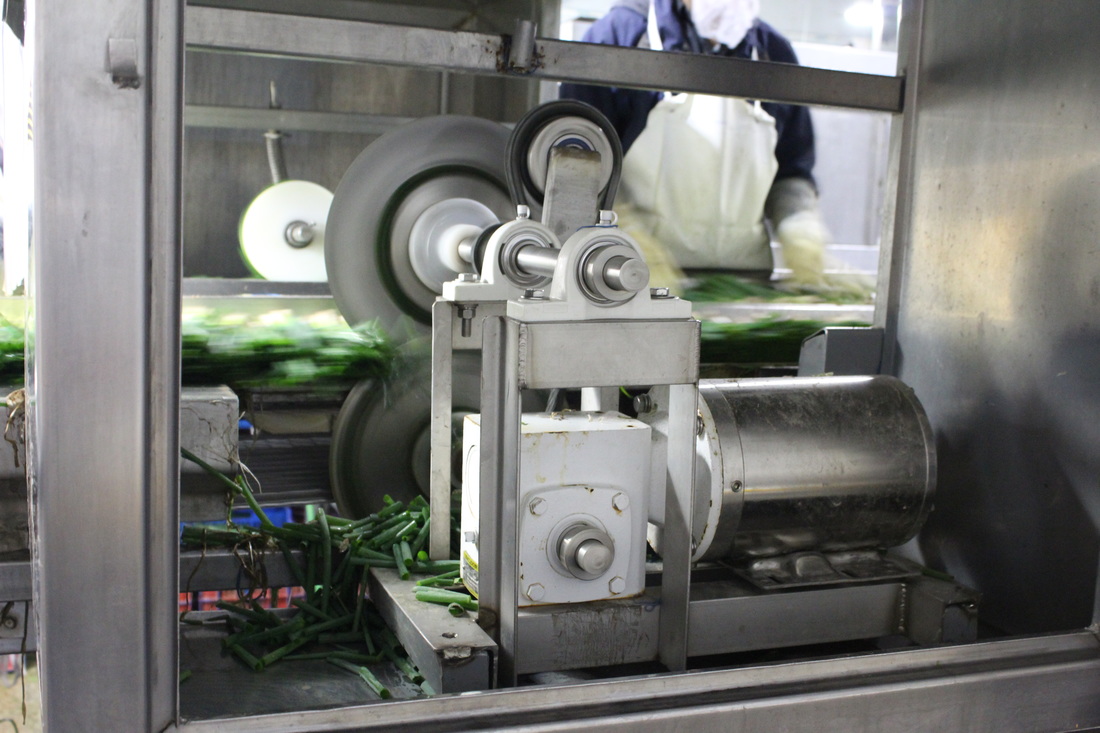
 RSS Feed
RSS Feed